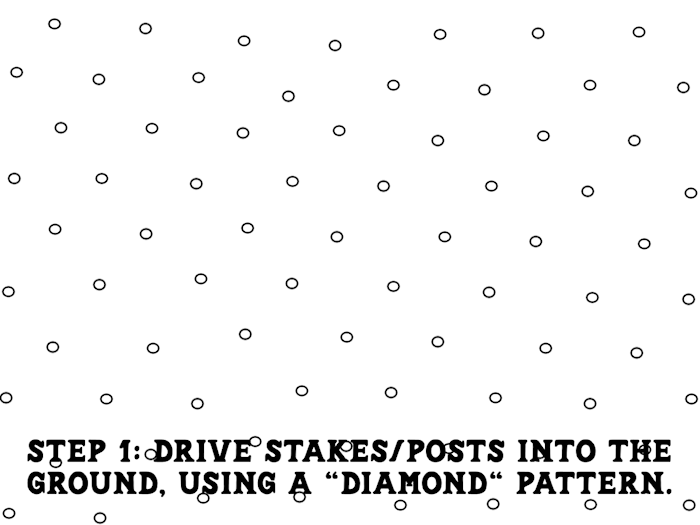
 3
3




Looking to make real-life permies connections in mid-MO, reach out if you're in the neighborhood!
 2
2




Passionate researcher and hands-on gardener
Visit my blog: for Sustainable Gardening Tips
 10
10




"We carry a new world here, in our hearts..." --Buenaventura Durruti
"Don't wish it were easier. Instead, wish you were better." --Jim Rohn
 5
5




John Daley Bendigo, Australia The Enemy of progress is the hope of a perfect plan
Benefits of rainfall collection https://permies.com/t/88043/benefits-rainfall-collection
GOOD DEBT/ BAD DEBT https://permies.com/t/179218/mortgages-good-debt-bad-debt
 3
3




John Daley Bendigo, Australia The Enemy of progress is the hope of a perfect plan
Benefits of rainfall collection https://permies.com/t/88043/benefits-rainfall-collection
GOOD DEBT/ BAD DEBT https://permies.com/t/179218/mortgages-good-debt-bad-debt
 5
5




Stephen B. Thomas wrote:We did something like this earlier this year, though it was with completely natural materials. It's an attempt to "remediate" a mudslide location at Basecamp, Wheaton Labs.
To sum it up:
- Hammer a bunch of thick sticks (1" or 3cm diameter) into the earth, about 3 feet deep, with at least 1 foot still sticking out of the earth. Arrange them into a "diamond" pattern.
- Take the rest of your sticks and throw them on top of these spikes, creating a kind of lattice or matrix of sticks.
- Throw your soil back on top. Mix in all sorts of other organic materials. We used lots of pruned tree branches and other branches that we found on the ground.
- Add your soil back on top, ideally mostly- or completely-covering your spikes.
- Plant a bunch of taproot and/or spread-root plants on there, so they hold the topsoil.
Does this work? We'll find out. The good news is that it was made with entirely natural materials and our only cost was time.
Have to run now, but if you want a diagram/photo or two describing this process, just ask. Best of
success to you and your project...!
 6
6




John Daley Bendigo, Australia The Enemy of progress is the hope of a perfect plan
Benefits of rainfall collection https://permies.com/t/88043/benefits-rainfall-collection
GOOD DEBT/ BAD DEBT https://permies.com/t/179218/mortgages-good-debt-bad-debt
 9
9




Nicholas Adam wrote:Steven, can you draw the diamond pattern you’re describing. I need to do this at my house because of a landslide and trying to figure out the cheapest option to stabilize the area. Your method sounds like it should work. Although I’m thinking of driving fence posts instead of using sticks. Thanks




"We carry a new world here, in our hearts..." --Buenaventura Durruti
"Don't wish it were easier. Instead, wish you were better." --Jim Rohn
 5
5




John C Daley wrote: A 6 feet deep trench is a trap looking for a body unless you do it correctly.
Visit Redhawk's soil series: https://permies.com/wiki/redhawk-soil
How permies.com works: https://permies.com/wiki/34193/permies-works-links-threads




John Daley Bendigo, Australia The Enemy of progress is the hope of a perfect plan
Benefits of rainfall collection https://permies.com/t/88043/benefits-rainfall-collection
GOOD DEBT/ BAD DEBT https://permies.com/t/179218/mortgages-good-debt-bad-debt

|
Come have lunch with me Arthur. Adventure will follow. This tiny ad:
Rocket Mass Heater Resources Wiki
https://permies.com/w/rmh-resources
|






